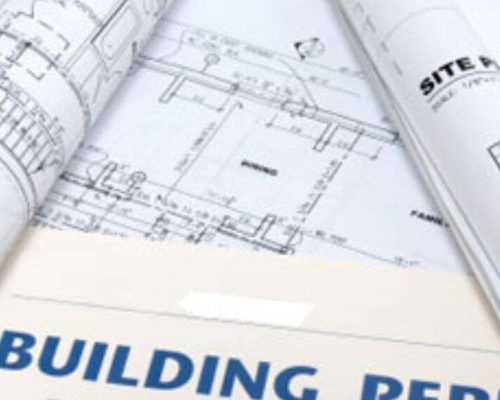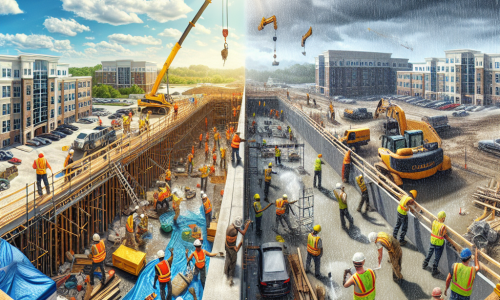As mortgage rates have fallen, the chance for homebuyers to purchase a home has increased. Additionally, as housing construction increases, builders are confident with more housing stock to satisfy market demand.
Thus, people are coming closer to their homeownership dreams.
Lower Rate Affecting House Buying Demand
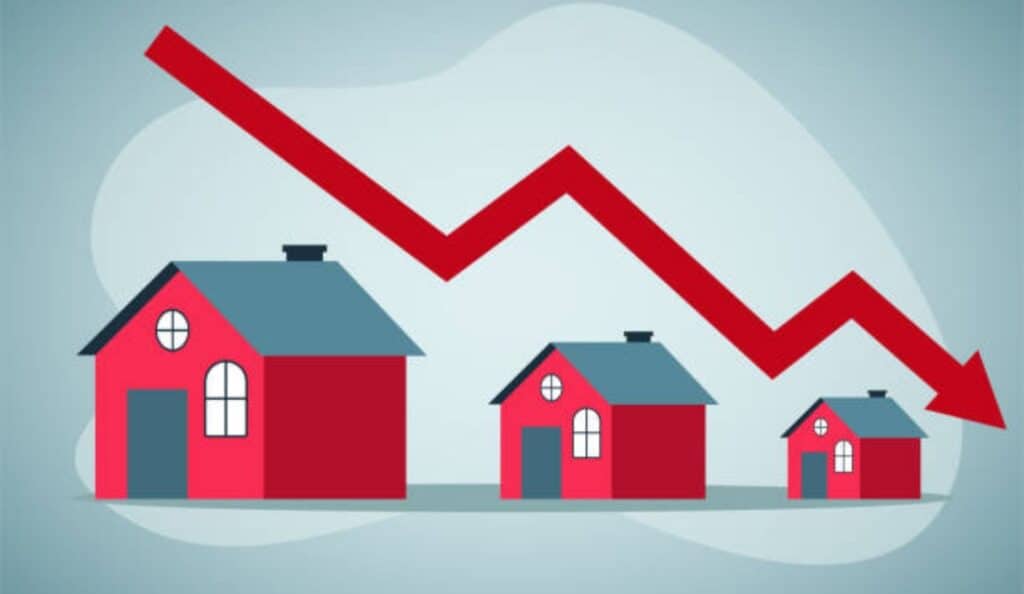
Lower interest rates are expected to boost home buying. This should lead to more competition in the housing market, driving up prices for homes and building materials. As existing home prices rise, more people may look to build new homes instead.
Builders could see increased demand for their services thanks to more affordable financing. But this trend could also affect the supply and cost of new construction, as the demand for builders and new homes goes up.
Interest Rates and Their Impact on Construction Projects
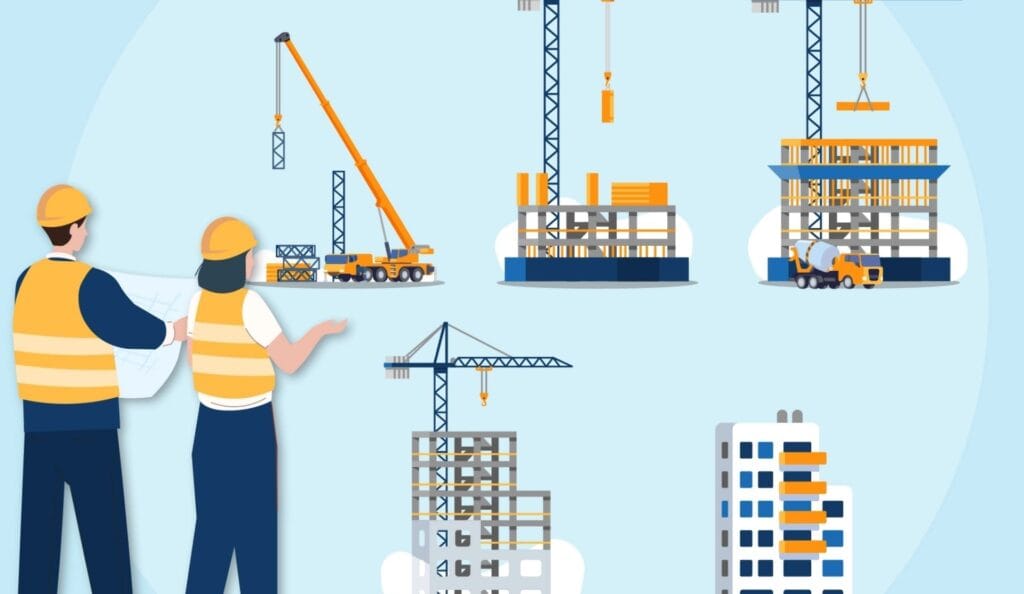
Reduction In the Borrowing Cost
A mere 0.5% reduction in interest rates can rattle the borrowing costs for construction companies, lowering expenses on new builds by a massive amount. This frees money, allowing developers to sign off on projects that might have been dropped or delayed because of budget constraints.
The Demand for Housing Increased
When rates drop, mortgage rates usually do as well. That has the effect of raising the demand for housing, which has builders racing to fill it. Lower rates also motivate companies to construct new locations or expand, as it is less expensive to borrow money. This can open lots of new commercial projects, therefore generating jobs and observing the economy bloom. As interest rates decrease, it becomes easier for potential homebuyers to receive financing for a property, which leads to higher demand for housing. That increases construction, particularly among first-time buyers, who are generally the ones most affected by the pain of rising rates.
Residential Construction and Commercial Construction
When the interest rates go down, both residential construction and commercial real estate stay on an upward path. Businesses are more likely to either invest in new facilities or expand existing ones creating a boom in commercial construction. That, in turn, spurs job creation and economic growth.
New Life to Infrastructure Projects
Lower interest rates can breathe new life into public infrastructure projects, beyond just residential and commercial construction. Governments commonly fund infrastructure via bonds, which are sensitive to rate fluctuations. When rates drop, it becomes more affordable for local municipalities to borrow for vital projects like roads, bridges, and public transit. These long-term infrastructure investments often deliver significant benefits to the local economy and quality of life.
Incentives for New Homes and Renovations
Dropping interest rates gives homeowners more incentive to build new homes or tackle renovations. With lower borrowing costs, financing home upgrades becomes more attractive, spurring a rise in remodeling projects. This increased demand can then drive growth in the construction industry and related material suppliers.
Boost Positive Sentiments
Lower interest rates are not a cure-all, but they can make many projects more financially viable and boost positive sentiment in the market. It often takes time for a drop in the federal funds rate to result in lower construction loan rates, but the improved market sentiment may spur investment sooner.
The 0.5% interest rate decrease signals a shift in the economy. This could spur more construction across industries, as builders, developers, and investors take advantage of favorable borrowing terms.
Mortgage Loan and Construction Loan Differences
While trends in the housing market can potentially separate existing homes from new construction, building a new home offers challenges of its own for buyers. When purchasing new homes, a construction loan is commonly used. This is a short-term loan, typically between six months and a year. It breaks the home building into phases, with loans for each phase. When the house is completed, all payments convert to one standard mortgage, which the buyer pays monthly.
Construction-to-permanent loans let buyers pay closing costs just once, while construction-only loans provide the total amount for a building before a project begins. With construction debt, the monthly payment becomes the mortgage, which banks treat as a second loan, and buyers incur closing costs twice.
Construction loan interest rates are generally higher than mortgage rates, so buyers have a harder time getting construction loans. Without a guarantee, banks are willing to take more risks on these loans. Many banks require a 20% down payment on new builds, which can be difficult for many buyers to afford.
Anyone thinking about building a new home should ask Reinbrecht Homes about the construction loan that, here, is easier and cheaper to get than in a lot of other places.
Mortgage Payment
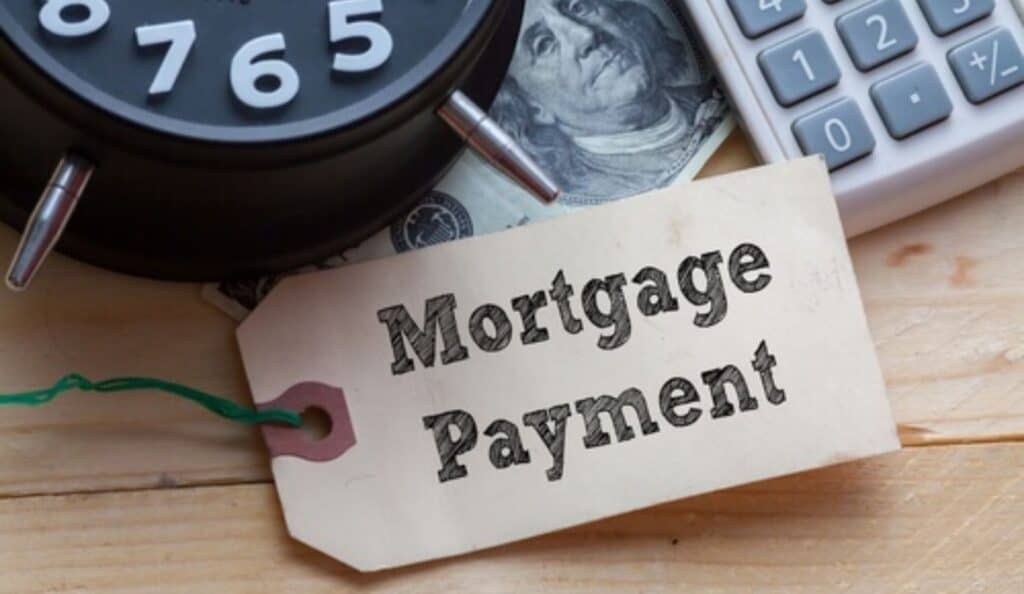
Buying a House
The interest rate for a home loan significantly affects your monthly mortgage payment. Even slight variations in the rate could have a big impact on how much you pay each month. Higher rates mean more expensive payments, so buyers will probably consider smaller or less costly homes. Lower rates allow you to focus more money on the actual loan, so you can afford a larger home or one in a better area.
Interest Rate Changes Impact Home Prices
Home prices are very sensitive to interest rates. And with low rates, most people want to buy new houses, which pushes up prices, especially the new construction. Demand decreases when rates are high, and price appreciation slows or even dips. To get buyers to bite, builders must adjust with incentives or raise their prices. In new construction markets, this is very important.
Choices For Mortgage When Buying a New House
When purchasing a new home, you have two choices a fixed-rate mortgage or an adjustable-rate mortgage (ARM). With fixed-rate mortgages, you lock your interest rate for the full term of the loan, so your monthly payments remain constant. That’s nice when rates are low because you get to keep that rate. ARMs offer an initial rate that is lower than average, but rates can adjust over time, which could make your payments increase if rates rise. The right choice will depend on your financial situation, your plans for the future, and your tolerance for risk.
Low mortgage rates and Their Impact
Make Building Homes More Affordable for Homebuyers
Lower mortgage rates allow people to buy new homes. That allows homebuyers to afford bigger loans for building new houses. It makes it easier for builders to get loans, allowing them to build homes at a lower cost and pass those savings on to buyers. Executive orders allow presidents to take unilateral action. It also allows homebuyers to make upgrades to their new homes.
Mortgage Rate and Construction Costs
Timing is important for building a new house. Start when mortgage rates are low, and recover before building material costs surge. Generally, construction costs go up over time, so sooner is better than later. Increasing demand for new housing will drive costs higher, too.
Impacts Of Interest Rate for Construction Loans
However, interest rates for construction loans tend to be higher than traditional home loans. Construction loan rates can also rise if the average interest rate ticks higher. If higher interest rates are making it difficult to buy a home now, waiting to build a new one until rates are lower could be significant savings for you. Older homes may be less expensive on the front end, but they almost always will require many repairs in the beginning, which can cost money.
Making a purchase or building a house is a large sum of money and usually, the borrowing cost, the interest rate the loan bears, is only one aspect of how affordable it is. Other factors, such as your job history and household income, can also impact how much you are able to borrow and the interest rate you receive.
Advantages of Reduced Interest Rates for Construction Loans and Projects

Falling interest rates provide businesses with financial benefits that significantly affect whether commercial development projects will be undertaken and how profitable they will be.
Cutbacks On Savings
When interest is paid at a lower rate, the overall cost of borrowing is lowered, resulting in smaller monthly absentee payments and reduced total interest paid over the life of the loan. This can result in drastic cost savings, allowing capital to be allocated back into investments, business operations, or future opportunities.
Affordability is Increased
Lower interest rates make it cheaper for businesses to fund ambitious projects. This can manifest as expanded project scope, improved construction quality, and enhanced return on investment potential. Those businesses that held back previously with costly borrowing will be incentivized to take advantage of this relatively better environment.
Cash Flow is Improved
Lower interest rates make it cheaper for businesses to fund ambitious projects. This can manifest as expanded project scope, improved construction quality, and enhanced return on investment potential. Those businesses that held back previously with costly borrowing will be incentivized to take advantage of this relatively better environment.
Conclusion
Lower interest rates have a massive impact on the housing and construction sectors. They help make homes more affordable by reducing monthly mortgage payments and increasing the demand for old and new homes. This increase in demand benefits builders and developers, which in turn increases the construction of homes and businesses, creates jobs, and helps the economy.
Lower borrowing costs also allow renovations and public projects that improve communities to happen more easily. Even though challenges like high construction loan rates and material costs remained, the prevailing low rates represented an opportunity for homebuyers, builders, and investors to accomplish their objectives.




